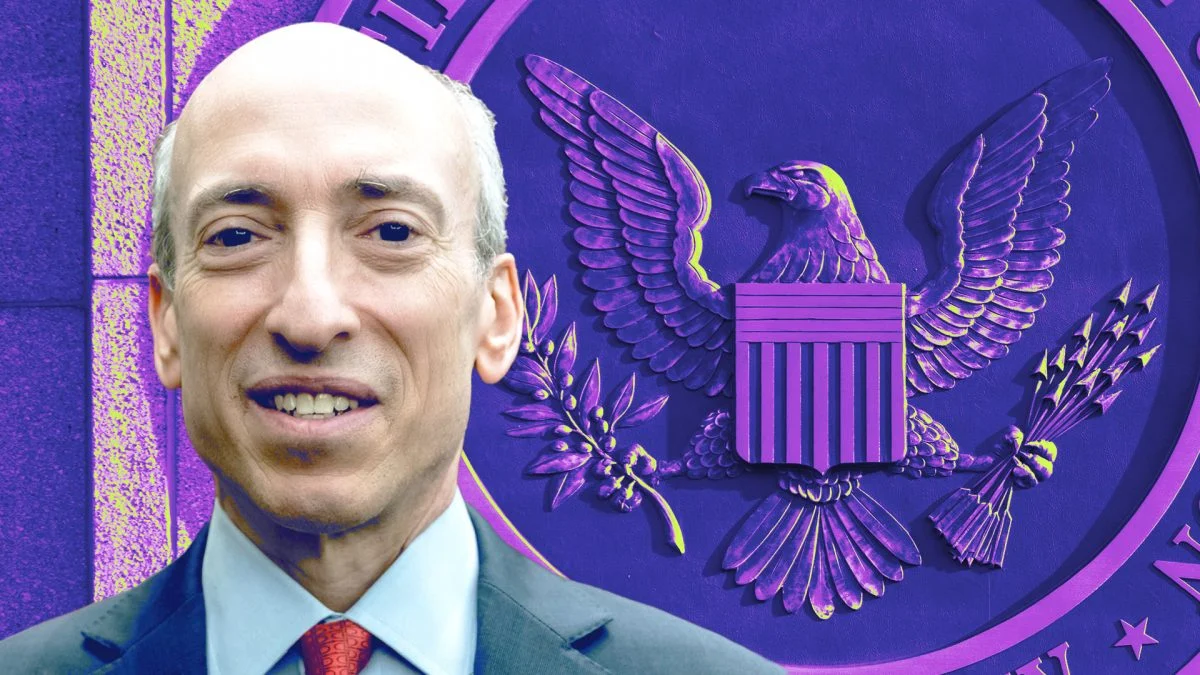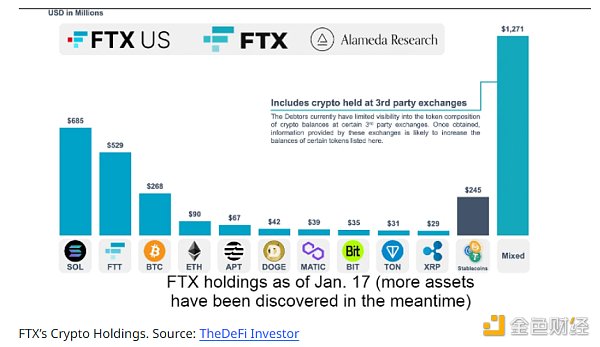A secret history of bitcoin mining: a miner dug out 1.1 million bitcoins early in the "Patoshi mode"
According to news.bitcoin.com, on April 16th, Sergio Demián Lerner, chief scientist of RSK Labs, published a new study on the earliest mining blocks on the Bitcoin network. report. The report on one of the earliest miners in Bitcoin provided strong evidence that a miner handled 22,000 bitcoin blocks. In addition, Lerner has launched a new website called Satoshi Blocks to help cryptosans have an intuitive understanding of the earliest mining of the Bitcoin protocol.

Image source: visualhunt
New data from the earliest miners of Bitcoin confirms previous assertions
A few years ago, independent researcher and cryptographer Sergio Demian Lerner published a most in-depth study of Bitcoin's earliest mining period. According to his first research report published on April 17, 2013, the vast majority of Bitcoin's initial mining was done by a miner.
- The public chain of conflict! Alien Attack Vulnerability from P2P Protocol
- Industry Insights | VentureBeat: Blockchain Helps Companies Improve Cloud Network Management
- What is the next battlefield for stable coins?
In addition, Lerner tracks the extrancece field from the coinbase transaction itself in the coinbase field and generates the dataset from the analysis. Lerner accurately calculated that the miner had dug up 1,814,400 bitcoins. In addition, 63% of these large-scale mined bitcoins, or 1.1 million, have never been used since their birth.

Time passed quickly, and six years later, Lerner published another rigorous study that provided a more powerful argument for his previous views. In his latest paper entitled "The Return of The Deniers and The Revenge of Patoshi", he first discussed his initial research and how he first came out. The conclusion of the. Lerner elaborated on how he found information in the extranonce field and how certain defects displayed information in a "non-privacy-protected way".

After identifying a miner who dug about 1.1 million bitcoins between 2009 and 2010, Lerner called the pattern represented by these blue lines "Patoshi mode." This is a view of Patoshi mode (blue) and other miner modes (green). These data can be viewed on Lena's new website, satoshiblocks.info.
Lerner's paper then discusses a single miner known as "Patoshi" and describes how he found the miners' model. Lerner explained that after a few years, some people have accepted the existence of the Patoshi model, but they still believe that there may be a number of miners at the same time, or there are some forms of early mining pools since the birth of the homemade blocks. . Lerner refutes these arguments for a number of reasons and explains them through various factors:
- 99.9% of the Patoshi block was not used.
- Each Patoshi block "links" to a block in the pattern set, but does not link to any other block.
- During certain time intervals, the Patoshi mode will be abruptly interrupted.
- The mine pool was created a few years later.
- The mine pool was created to reduce incentive differences because the individual probability of solving a block is low, but in 2009, individual miners can resolve blocks frequently and easily.
Lerner said that by the end of 2013, he had found "no doubt that the model is real, it uses a completely different approach." His latest research describes how he discovered that all blocks that Patoshi dug out can be identified by the consumption of nounce used in blocks processed within a specific range.
From 2014 to early 2019, Lerner did not add much to his previous research, but other recent studies have shown that Patoshi has only extracted about 700,000 bitcoins. However, Lerner's latest research "very likely" proves that a miner has acquired all of these bitcoins in his Patoshi model, far exceeding 1 million. His new argument is based on computer clocks, because even in the early days, miners used the clock of the local computer to mark the processed data blocks.

According to Lerner, Patoshi also suspended mining for 10 days. Lerner also said that the miner named "Patoshi" donated about 550 bitcoins to others in the form of donations.
Lerner wrote:
"If you've studied the Bitcoin protocol, you know that the block timestamp doesn't necessarily grow monotonously. From bitcoin source code 0.1.0 to the latest version of Bitcoin Core with internal miners (before creating the mine) That's all."
Clock and time stamp
Some of the latest evidence provided by Lerner also explains why he is convinced that the list of miners has extracted nearly 1.1 million bitcoins, even more than the 1 million that he discovered several years ago. For example, Lerner states that "computer clocks can be out of sync with each other", "timestamps are not continuously updated during mining", and "bitcoin software adjusts block timestamps to match the time of the peer node connected to the node" value". For these reasons, the study pointed out that the same computer will almost never reverse its own timestamp, and "the difference between the inversion block timestamps indirectly measures the hash of the parent block miner." rate".

Lerner's research shows several examples of timestamp reversals.
Lerner’s report continues to write:
"There is no time reversal between the blocks that Patoshi has dug. The value is zero. Considering that the Patoshi block accounts for 43% of the original 50,000 blocks, this result is very valuable. I also thought about other explanations, but For me, this can only mean one thing: the timestamp for the Patoshi block is a single PC clock. A single piece of software controls the creation of the block template, which is a single miner. "
The chief scientist of the RSK lab concluded that there is evidence that the Patoshi model is related to Satoshi Nakamoto, but he is more willing to stop here, "Never take any Patoshi again." Lerner believes that the evidence he provided is reliable, but he hopes that more people will question this information in the forum. Lerner also concluded that he found a more accurate graph and wrote a more accurate pattern tracking algorithm, which can be viewed on his new website satoshiblocks.info.
We will continue to update Blocking; if you have any questions or suggestions, please contact us!
Was this article helpful?
93 out of 132 found this helpful
Related articles
- The next vent of the currency circle gave the Ethereum holders a shot in the arm
- Rebuilding Notre Dame with Bitcoin? French Minister of Digital Affairs said that it could be considered
- Getting started with blockchain | One of the stable coin series: Why do we need stable coins?
- Depth | Financial Innovation and Currency Evolution
- V God fully responds to the currency security BSV: 4 characters long text, 4 major points (full text)
- Japan's largest bank Mitsubishi UFJ Financial Group shot! Chainalysis completed $36 million in Series B financing
- The integration of bitcoin: the West is good freedom, the East is a good game






